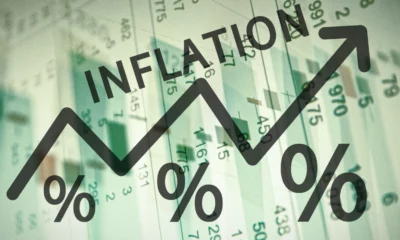The World Bank has predicted that insecurity-fuelled hardship will persist in some local government areas the Nigerian states of Borno, Kaduna, Katsina, Sokoto, Yobe, Zamfara, and Adamawa until May 2024.
The bank, in its latest ‘Food Security Update’,
emphasized that poor macroeconomic conditions are restricting access to agricultural inputs in the country with resulting effects on areas like cereal production in the country.
As estimated, cereal production for the 2023–2024 crop year is expected to be 76.5 million tonnes in West and Central Africa, a three percent increase from the average for the previous five years but a two percent decrease from the previous season. Chad, Mali, Niger, and Nigeria are expected to contribute the most to the decline in cereal production.
The institution said, “Projections indicate a decline in production from last year in Chad, Mali, Niger, and Nigeria. This decrease is attributed to dry spells during the growing season and insecurity that limited access to cropland in Chad, Mali, and Niger and to poor macroeconomic conditions that have restricted access to agricultural inputs in Nigeria.”
Although from November to May 2024, the majority of the sub-region’s areas would continue to fall into the category of minimally food insecure, some would be considered stressed, and some will be in a crisis, the report said.
It added, “Over the same period (November to May 2024), Crisis (IPC Phase 3) conditions, mainly caused by persistent insecurity and armed conflict, and deteriorating livelihoods, are projected to affect the following regions.
“Nigeria: Local government areas in Borno, Kaduna, Katsina, Sokoto, Yobe, Zamfara states, and the far north of Adamawa state.”
It stated, “Information from the latest month between August and November 2023 for which food price inflation data are available shows high inflation in many low- and middle-income countries, with inflation higher than 5 per cent in 61.9 per cent of low-income countries (no change since the last update two weeks ago), 76.1 per cent of lower-middle-income countries (3.9-percentage-point decrease), 50.0 per cent of upper-middle-income countries (no change), and 57.4 per cent of high-income countries (2.6-percentage point decrease).”
It was mentioned that Africa, North America, South America, Europe, and Central Asia were the regions most affected. It also revealed that in 167 countries, the real inflation of food prices had surpassed the overall inflation rate of 74%.


 Musings From Abroad1 day ago
Musings From Abroad1 day ago
 Metro1 day ago
Metro1 day ago
 Metro1 day ago
Metro1 day ago
 Culture23 hours ago
Culture23 hours ago



















